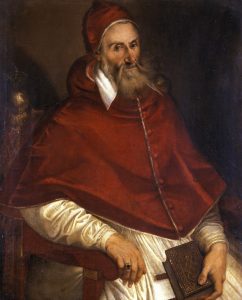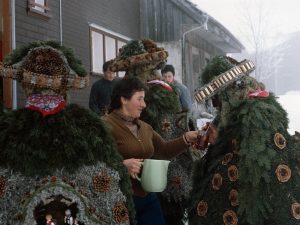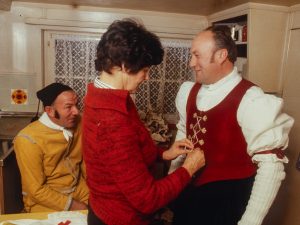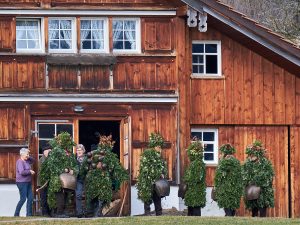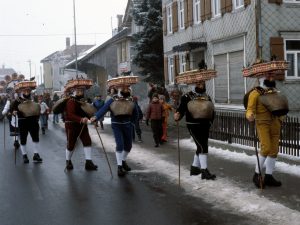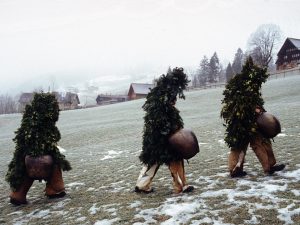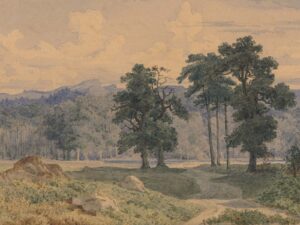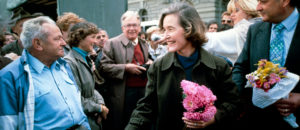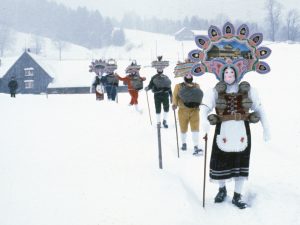
Silvesterkläuse both beautiful and ugly
Every 31 December and 13 January, bizarre and fantastical figures rove the hinterland of the Canton of Appenzell Ausserrhoden. Some wear ornate headdresses, others grotesque animal faces. These are the "Silvesterkläuse" that usher out the old year and ring in the new.
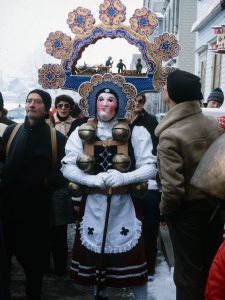
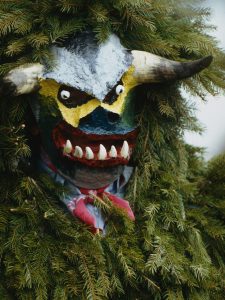
From a Christmas to a New Year’s Eve custom
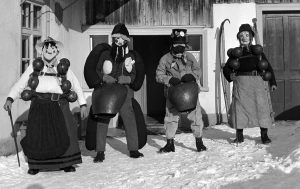
Doing the rounds with the Silvesterkläuse, 2020. YouTube / Djemo Graphic
Why celebrate New Year’s Eve twice?
